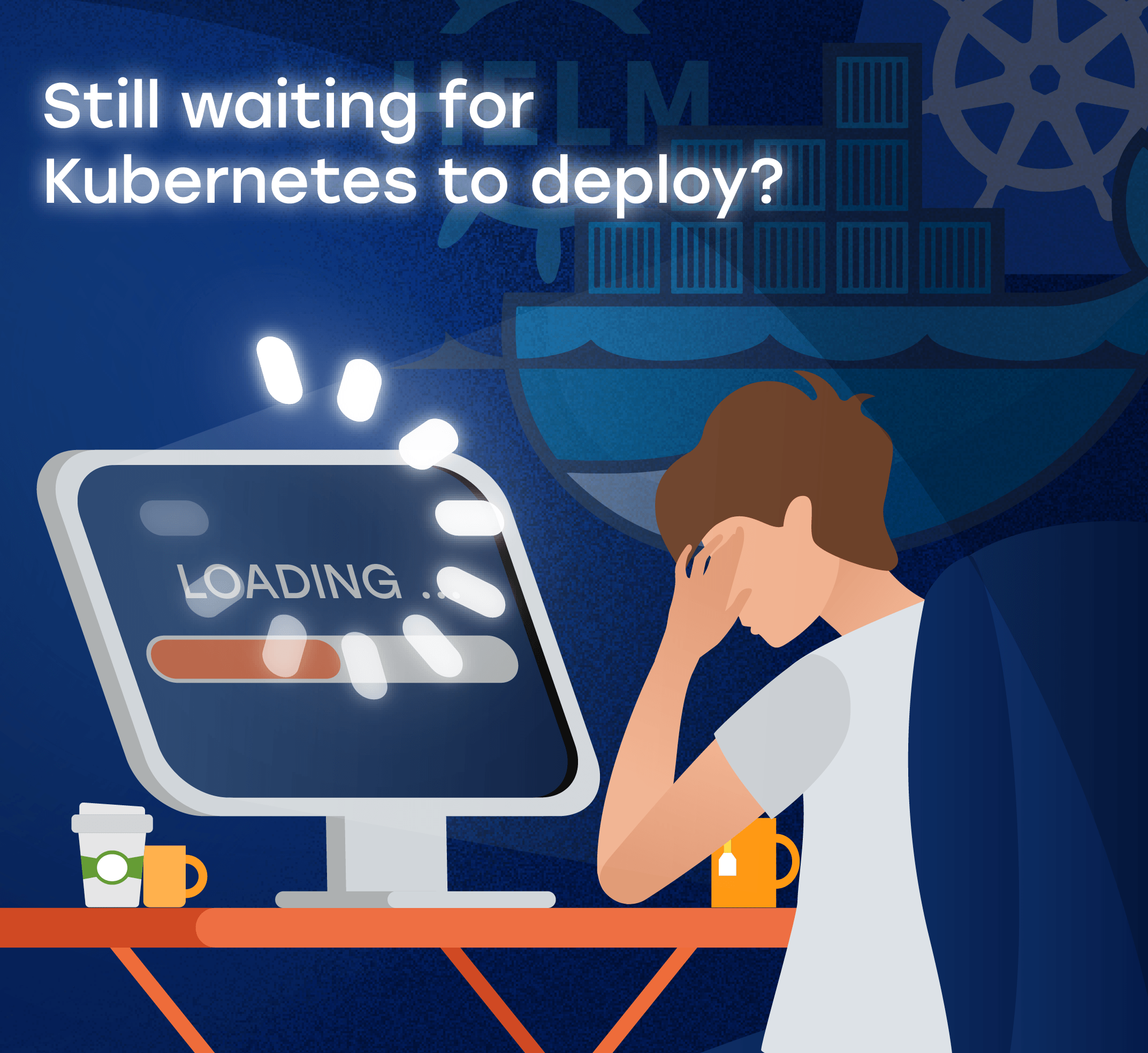Консультирование по процессу облачной миграции от IT Svit
Время от времени, каждый бизнес испытывает потребность в переносе данных. Причины могут быть совершенно разными: будь то рост, требующий повышения отказоустойчивости инфраструктуры или слияние, требующее перемещения данных в другое хранилище. В любом случае, потребность в миграции данных никуда не девается. К счастью, в ИТ-индустрии есть множество способов получить консультации по миграции данных.
Прежде всего, компания может связаться с облачной платформой, на которой она планирует осуществить миграцию данных. У каждого поставщика облачных технологий есть продукты и услуги, направленные на обеспечение бесперебойной миграции данных между различными поставщиками облачных услуг. Если вам нужно перенести свои данные с устаревшей системы в AWS, Google Cloud или другой облачный сервис, ИТ-специалисты помогут вам разработать и внедрить лучшую стратегию переноса данных под вашу ситуацию. Недостаток этого процесса в том, что, если понадобится снова перенести данные, придется повторить весь процесс заново.
Второй вариант – найти и нанять в вашу ИТ-команду подходящего DBA (Database Administrator – администратор баз данных). Преимущество такого подхода заключается в получении талантливого специалиста в штат и возможности составить долгосрочный план миграции и определить бизнес-процессы, необходимые для этого. Однако, есть и недостаток у такого подхода. Заключается он в стандартных проблемах рекрутинга: действительно талантливых специалистов не так просто найти, дорого нанять и легко потерять.
Кроме того, миграция данных требует намного больше, чем просто понимания работы баз данных. Нужно обладать глубокими знаниями о работе самой инфраструктуры и о том, как провести перенос данных так, чтобы он не привел к катастрофе. Гарантией вышеперечисленного может выступать успешный опыт реализации проектов миграции данных. Отсутствие подобного опыта приводит к тому, что обучение на возможных ошибках при планировании могут обойтись вам слишком дорого.
Третий, он же оптимальный вариант – консультирование по вопросам облачной миграции с компанией, которая уже имеет успешный опыт в миграции данных. Такие компании называются поставщиками управляемых услуг, например, IT Svit тоже к ним относится. У IT Svit обширный опыт в перемещении данных и ПО из устаревших систем в дата-центрах в экономически выгодные облачные хранилища с использованием новейших технологий и передовых практик.
Усредненный проект по миграции данных может включать следующие пункты:
- Оценка существующей инфраструктуры базы данных и рабочих процессов
- Проектирование оптимизированной системы БД (устранение узких мест, повышение отказоустойчивости и производительности и т.д.)
- Создание новой облачной инфраструктуры для ваших баз данных
- Синхронизация существующих баз данных с их облачными аналогами, создание дампов БД, которые не могут быть синхронизированы автоматически с помощью инструментов облачной миграции
- Перемещение данных из устаревших систем в экономически выгодные облачные хранилища данных
- Отключение устаревших систем и обучение вашего персонала использованию новых технологий.
Таким образом, IT Svit помог многим компаниям мигрировать из своих традиционных устаревших систем в выделенные дата-центры AWS, Google Cloud, Microsoft Azure и других облачных провайдеров. Мы знаем как успешно планировать миграцию и перемещать ваши рабочие процессы в облако. Перемещение данных и приложений, и внедрение лучших практик при освоении функций Amazon Web Services или Google Cloud будут достаточно простыми с нашей помощью!

